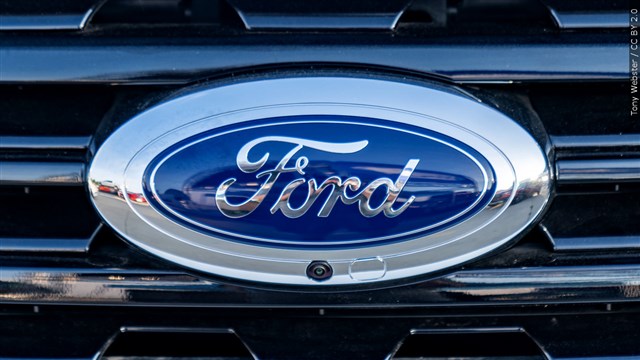In response to the recent slowdown in U.S. electric vehicle (EV) sales growth, Ford Motor Co. has announced a shift in its electric vehicle strategy, including delays in the rollout of new electric pickup trucks and a large electric SUV. Instead, the company plans to focus on incorporating gas-electric hybrids into its model lineup. This strategic pivot reflects the evolving landscape of the automotive industry and the challenges facing manufacturers as they seek to balance innovation with market demand and consumer preferences.
The decision to delay the introduction of new electric pickup trucks and a large electric SUV underscores the complexities of launching EVs in a competitive market environment. Ford’s much-anticipated electric pickup, originally slated for production in Tennessee, will now debut a year later in 2026, while the timeline for the large electric SUV, to be manufactured in Ontario, has been pushed back by two years to 2027. These delays indicate the challenges associated with scaling up production and ensuring the readiness of infrastructure to support widespread adoption of electric vehicles.
The slowdown in U.S. EV sales growth, particularly in the first quarter of the year, has prompted Ford to reassess its approach to electrification. While EV sales increased by only 3.3% during this period, hybrid sales surged by 45%, and plug-in hybrids saw a 53% growth, highlighting the continued demand for alternative fuel vehicles. Ford’s decision to prioritize the development of gas-electric hybrids aligns with this market trend and reflects a strategic response to shifting consumer preferences and regulatory dynamics.
Despite the challenges posed by the slowdown in EV sales growth, Ford remains committed to advancing its electrification efforts. The company has announced plans to offer hybrid versions of all its gasoline passenger vehicles by the end of the decade in North America, signaling a broader commitment to sustainability and emissions reduction. By integrating hybrid technology into its product lineup, Ford aims to appeal to a wider range of consumers while addressing concerns about range anxiety and charging infrastructure limitations associated with pure electric vehicles.
In addition to its focus on hybrids, Ford is doubling down on its commercial vehicle segment, anticipating significant growth in this area. The company expects pretax losses for its electric vehicle unit to widen this year, but it foresees commercial vehicles generating substantial revenue, buoyed by continued demand from fleet operators and businesses. This dual strategy of investing in both electric and traditional vehicles reflects Ford’s pragmatic approach to navigating the evolving automotive landscape and maximizing revenue opportunities across multiple segments.
Looking ahead, Ford’s strategic shift underscores the importance of flexibility and adaptability in responding to changing market dynamics. While the future of electric mobility remains promising, manufacturers must carefully balance investment in EV technology with the immediate needs and preferences of consumers. By leveraging a diversified product portfolio that includes both electric and hybrid vehicles, Ford aims to position itself for long-term success while remaining responsive to evolving market trends and regulatory requirements.
Ford’s decision to delay the rollout of new electric vehicles and prioritize gas-electric hybrids reflects a strategic realignment in response to shifting market conditions. As the automotive industry continues to evolve, manufacturers must remain agile and proactive in adapting their strategies to meet changing consumer demands and technological advancements. By embracing innovation while maintaining a focus on practicality and profitability, Ford aims to carve out a competitive edge in the rapidly evolving electric vehicle market.
